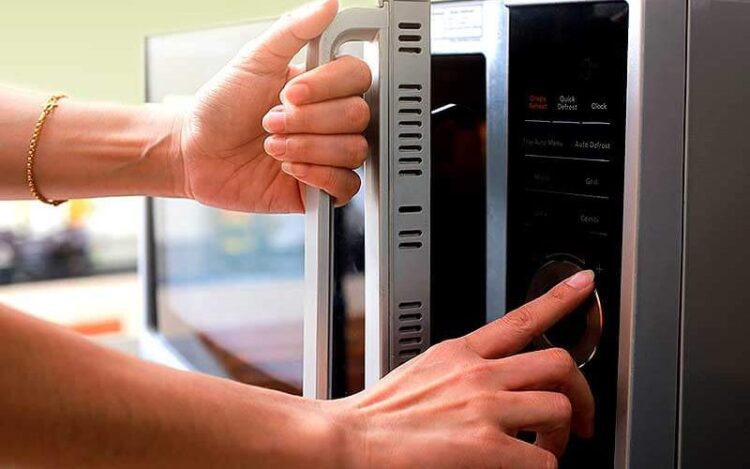Overview of Microwave Wattage
Because of how quickly and easily they can heat, cook, and thaw a wide variety of foods, microwaves have become a standard appliance in today’s kitchens. The wattage of a microwave is a key factor in how quickly and well it can execute these functions. In this article, we’ll go into the topic of microwave wattage, discussing the many microwaves available, the variables that effect their energy consumption, and the techniques that can be used to pinpoint a microwave’s exact wattage.
Purpose of Knowing How Many Watts a Microwave Uses
There are a number of situations in which knowing how much power your microwave uses is crucial:
Save time and energy in the kitchen by keeping track of the wattage of your cooking appliance.
Energy Use: It provides a rough estimate of how much electricity your microwave uses, so you can make educated choices about how much money you’re spending on electricity.
For your own protection, avoid using a low-wattage microwave for operations that require a lot of energy. Knowing the microwave’s wattage is important for safe use.
Types of Microwaves and Their Wattage
There is a wide variety of microwaves, each with its own wattage:
Standard Microwaves
Common domestic microwave ovens have a power output of 600-1,200 watts. It could take longer for food to heat up in a 600-watt microwave than in a higher-wattage device.
Convection Microwaves
More power is available in a microwave oven with convection cooking, often between 800 and 1,800 watts. In addition to reheating and defrosting, these microwaves have the ability to bake, roast, and brown.
Over-the-Range Microwaves
Microwaves with a “over-the-range” design are meant to be placed above a range. Power outputs range from 850 to 1,100 watts, and they have range hood ventilation systems.
Commercial Microwaves
Restaurant and commercial kitchens often have microwaves with power ratings of 3,000 watts or higher. These high-wattage versions are ideal for commercial use and quick meal preparation.
Factors That Affect the Power Usage of Microwaves
Internal Components
The magnetron (the part responsible for generating microwave radiation), the size and efficiency of the microwave oven cavity, and the control electronics all play a role in the microwave’s overall power consumption. Better wattage efficiency can be achieved with higher-quality components and a well-thought-out design.
Size and Placement of the Unit
The wattage and energy consumption of a microwave might vary depending on its size. More power is typically needed by larger microwaves to provide even heating of food. Where you put your microwave is also important. The microwave’s performance can be improved by providing adequate airflow and positioning it away from potential sources of heat.
How to Tell How Many Watts Your Microwave Uses
There are a few ways to estimate the microwave’s wattage:
Checking Your User Manual or Energy Guide Label
Referring to the user handbook that comes with your microwave is the simplest approach to determine its wattage. The wattage info should be listed in the product’s specifications.
Another option is to look at the microwave’s Energy Guide label, which should be attached to the back or side of the appliance. The label also includes useful information, such as the appliance’s power rating.
Measurements Using a Wattmeter
If you have misplaced your microwave’s user manual or Energy Guide label, you can use a wattmeter, a tool for measuring electrical power usage, to find out how many watts your microwave uses. In this way:
Get a wattmeter that plugs into an outlet at any local hardware store or on the web.
Connect the Microwave: Connect the microwave to the wattmeter.
To use a microwave, press the on button and select a power level that you are familiar with, such as “high” or “full power.”
Learn from the Screen: The wattmeter will show you how much electricity your microwave actually uses.
Wrapping Up
In conclusion, knowing the wattage of your microwave is crucial for effective cooking, responsible energy use, and risk-free operation. The wattage of a microwave varies depending on the model, its size, and its location, as well as other factors. Read the handbook, look at the Energy Guide label, or use a wattmeter to discover the power rating of your microwave. With this information in hand, using a microwave for cooking and reheating will be a breeze.

